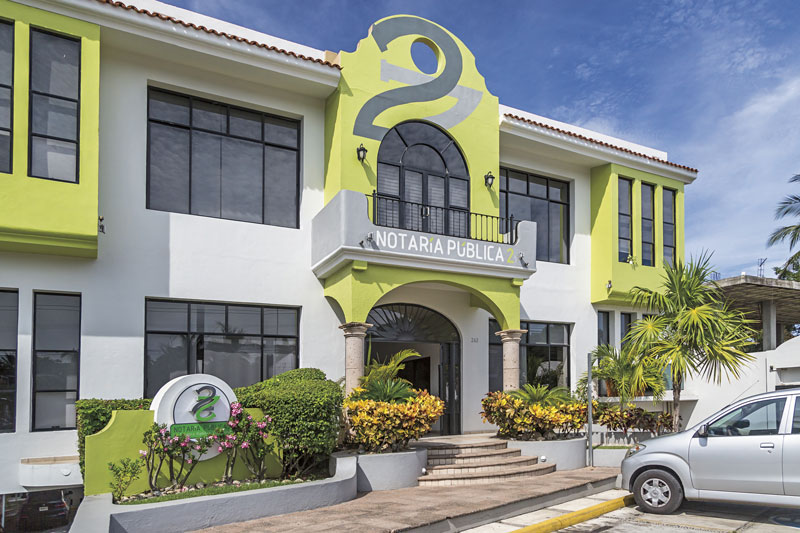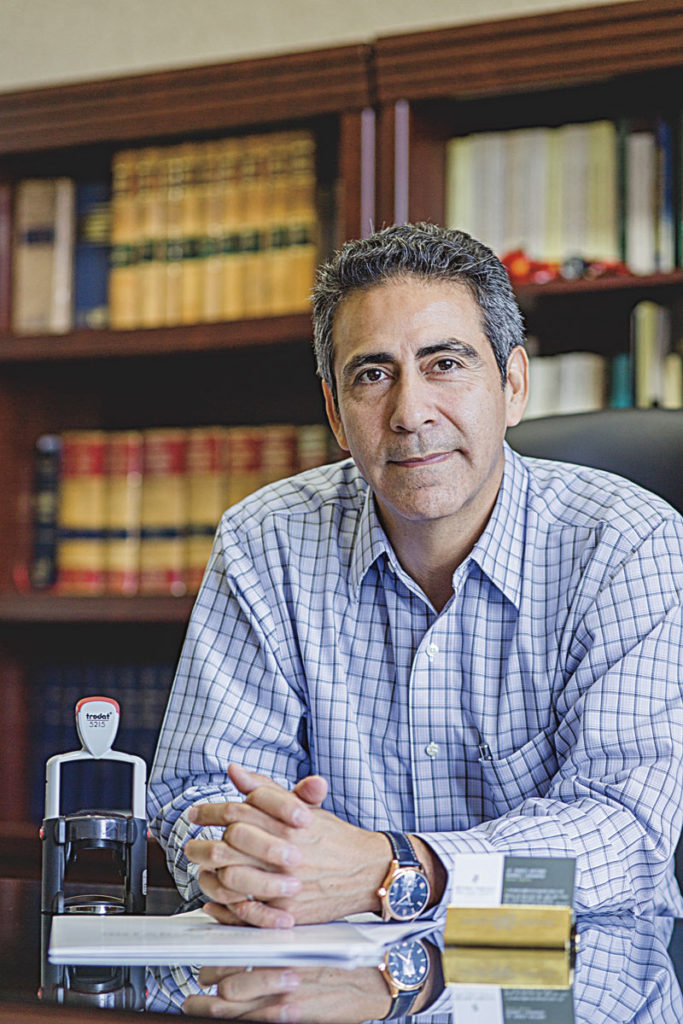Fideicomiso 101

For foreigners, owning a property in Puerto Vallarta can be really enticing. Because it is in a coastal zone, it is essential to create a fideicomiso (trust), which guarantees an easy and secure purchase. Sarah Elengorn, director of Elengorn Realtors, and Marco Ramírez, deputy notary attached to Notaría Pública 2, explained the basics to us.
Currently considered as one of the most useful legal tools, the fideicomiso (trust) provides a solution to a wide range of personal and/or commercial needs both for individuals and for businesses. To learn what it generally involves, we approached Marco Ramírez, deputy notary attached to Notary Public 2, and Sarah Elengorn, director of Elengorn Realtors, who explained the basic process to us.
Origins
Its creation has to do with the history of Mexico, when large territories were lost. “To prevent this from happening again, laws were developed so that no foreigner could buy real estate on the border or in front of the sea. With the economic growth and development of the country, foreign investors arrived, and the law had to be changed somewhat. Thus, the fideicomiso came into being,” says Elengorn.
What is it?
“Legally, the fideicomiso is a contract in which a person (called the fideicomitente) transmits to an institution the ownership or title or rights of use for a licit and specific purpose in favor of another person (called a fideicomisario),” explains Ramírez.
Who can use a fideicomiso?
“Foreigners who intend to acquire real estate outside the restricted zone or obtain permits for the exploration and exploitation of mines and water in national territory must first submit a letter before the Secretaría de Relaciones Exteriores (Ministry of Foreign Affairs) to obtain the corresponding permit. Therefore, the fideicomiso is a necessary vehicle for foreigners to acquire the rights to use and develop real estate,” says Ramírez.
“In fact, I have also worked with Mexican clients who have fideicomisos to protect their investments and to ensure that real estate is transferred to their heirs in the future in a more expeditious and secure manner,” Elengorn adds.
Who is involved in the process?
“The seller, as fideicomitente, the fiduciary institution (usually a bank), as a fiduciary, and the buyer, as fideicomisario, under the guidance of the notary and the advice of the real estate agent throughout the process,” says Ramírez.
How long does the process to establish a fideicomiso take?
“The process normally takes 30 to 45 business days, from the complete integration of the file to the delivery of the public instrument containing the fideicomiso—that is, the deed. It can range up to 90 days after closing,” says Ramírez.
“Now, if the seller is a foreigner and the buyer is another foreigner who wants to take over the rights to the existing deed, that can also be done, since the fideicomiso is valid for 50 years and renews automatically. For example, if the seller has had the property for three years, the buyer can acquire that same fideicomiso, but it will be for 47 years. That way, you avoid all the previously mentioned procedures. It is a relatively easy process,” adds Elengorn.
What is the role of the fiduciary institution?
“Although the deed is in the name of the bank, the foreign buyer is the first beneficiary. This means that he has every right to sell, rent or use the property. Likewise, he has all the responsibilities. The fiduciary institution is not going to attend the condo meetings or pay the property tax—all that is specified in the deed. Basically, the bank puts it in its name so that the foreigner can acquire the property, receiving the same rights and benefits as Mexicans,” says Elengorn.
What are some of advantages?
“Fortunately, it is a standard process for all notaries and fiduciary institutions, so it is relatively simple from the client’s perspective, as the notaries diligently handle the process to completion,” says Ramírez.
“In addition to that, it can be willed. In the event of the death of the original owner, the beneficiaries can receive the property without having to go through the long judicial process,” adds Elengorn.
What is an essential point to keep in mind?
“That the names of the beneficiaries are written correctly. Often foreigners write something like Bob Smith instead of Robert Smith. Although it is elementary, it must be watched, since once the deed is drawn up, it is very difficult to change,” concludes Elengorn.
“In addition to that, the client must consider the time required for the process, as well as the cost. Each individual case is different, and the cost can range from about 3.5 to 5 percent, depending on the value of the property,” says Ramírez.

